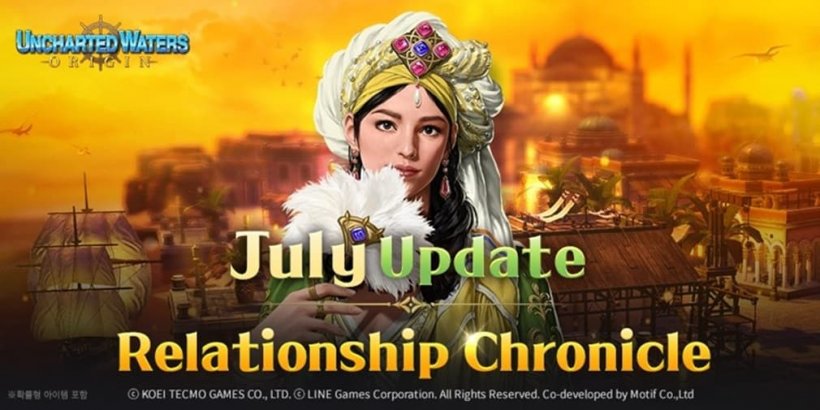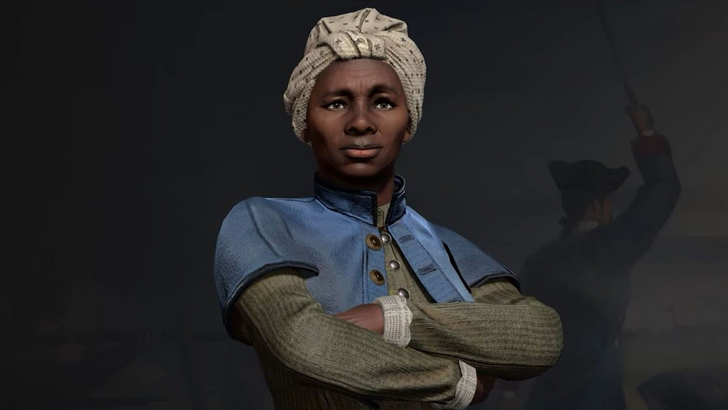
Civilization's leaders are as iconic as the civilizations themselves. Firaxis' approach to choosing each nation's representation has evolved significantly over the years. Let's explore the evolution of Civilization VII's leader roster and how it redefines leadership.
← Return to Sid Meier's Civilization VII main article
Civ VII Redefines What it Means to Be a Leader
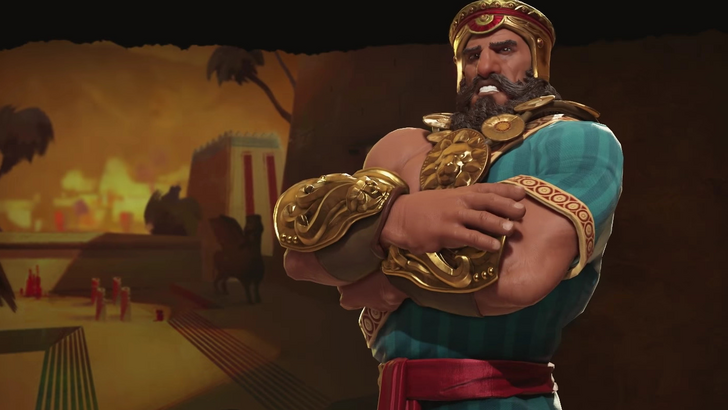
From the very first game, Civ leaders have been integral to the series' identity, shaping gameplay as much as the civilizations they represent. Their roles have evolved with each installment, reflecting a growing diversity and understanding of leadership itself. This exploration will examine Civilization's leader roster evolution, highlighting changes across iterations and how Civilization VII offers a unique perspective on leadership.
Early Civ: A Club of Superpowers
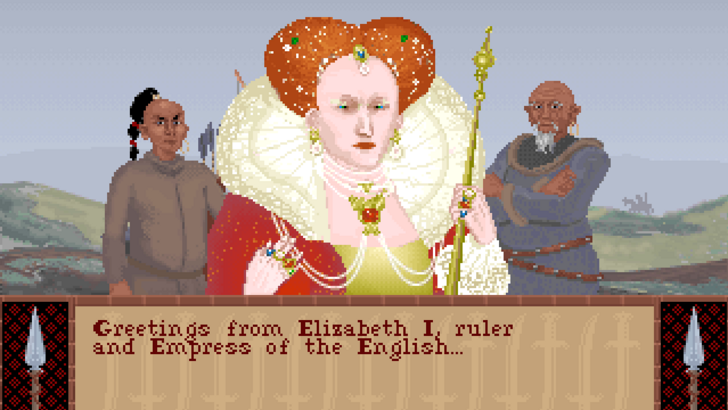
The original Civilization featured a relatively small roster compared to later games. Mostly, it included major global powers and historical figures. With limited design scope and technology, the 15 civilizations featured easily recognizable leaders like Abraham Lincoln, Tokugawa Ieyasu, Mahatma Gandhi, and Julius Caesar. Controversial figures like Mao Zedong and Joseph Stalin were also included. Elizabeth I was notably the sole female leader. This approach, while straightforward, reflects the context of its time.
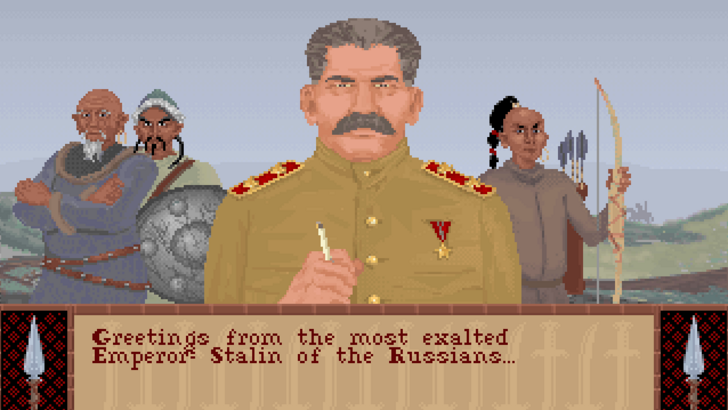
This simple, almost textbook, selection prioritized widely recognized figures. While understandable for its time, subsequent iterations would significantly expand the definition and diversity of leadership.
Civ II Through V: Increasing Diversity and Creativity
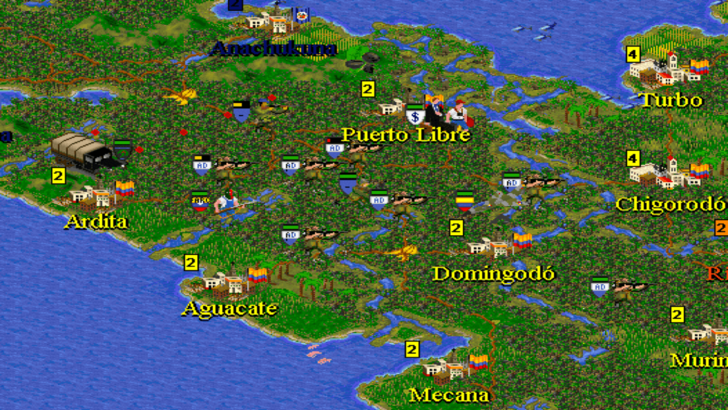
Civilization II expanded both the roster and the definition of "leader." Lesser-known powers like the Sioux debuted alongside established superpowers. A significant addition was a separate female leader roster, offering alternatives for each civilization. The concept of leadership broadened to include pivotal figures beyond heads of state, exemplified by Sacagawea for the Sioux and Amaterasu for Japan.
Civ III integrated more female leaders into the main roster, replacing some historically dominant male counterparts (e.g., Joan of Arc replacing Napoleon).
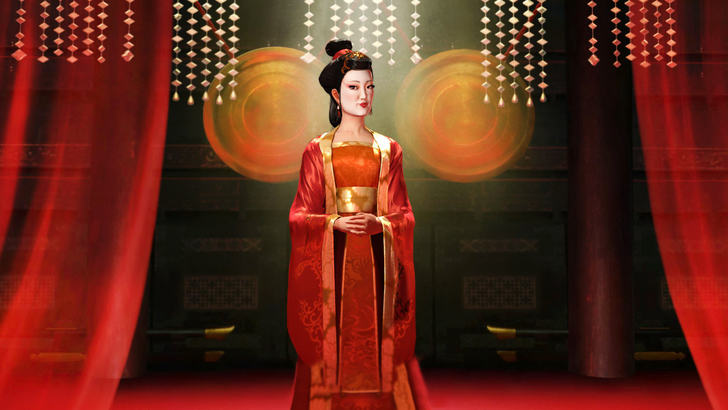
Civ IV and V further expanded the roster and the definition of leadership. Revolutionaries, generals, and reformers became common, alongside traditional heads of state. Major civilizations often featured multiple leaders, reflecting a richer understanding of historical figures and their impact. The focus shifted from simply the strong and famous to a broader representation of humanity's story.
Civ VI: Characterization and Creative Flourishing
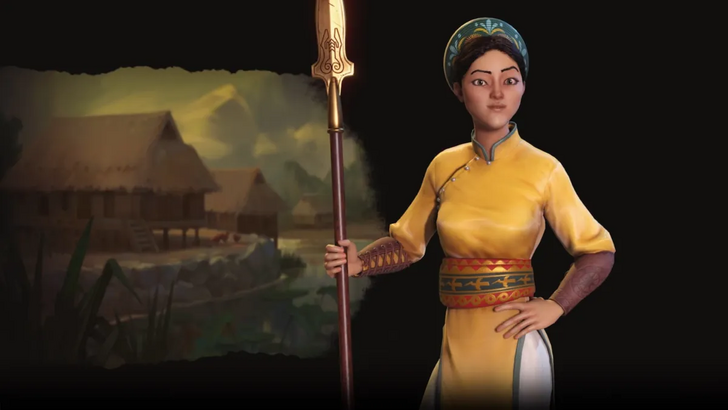
Civilization VI saw a significant leap in characterization, diversity, and creativity. Leaders became stylized animated figures, enhancing their presence. The introduction of Leader Personas—alternative versions emphasizing different aspects of a leader's personality—offered diverse gameplay experiences. Lesser-known historical figures from less prominent civilizations joined the roster. Lautaro of the Mapuche and Bà Triệu of Vietnam are prime examples.

The concept of representing different chapters of a leader's life was introduced, with figures like Eleanor of Aquitaine and Kublai Khan leading multiple civilizations. Multiple leader options for established civilizations (e.g., America, China) further expanded choices. Leader Personas added even more diversity, with subtle variations in gameplay styles.
Civ VII: Fresh Faces and Unique Approaches
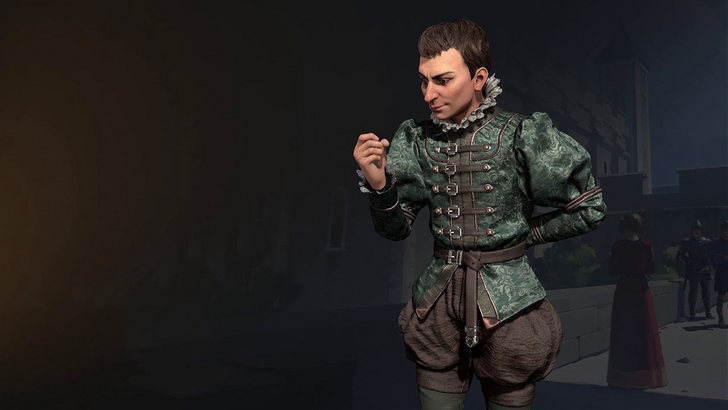
Civilization VII represents the culmination of these evolutionary changes. It boasts the most diverse and creative roster yet, featuring unconventional leaders, multiple personas, and carefully curated choices for diverse playstyles. The mix-and-match approach to civilizations and leaders allows even lesser-known figures to take center stage. Harriet Tubman, the American abolitionist, is a notable example, filling a unique spymaster role.
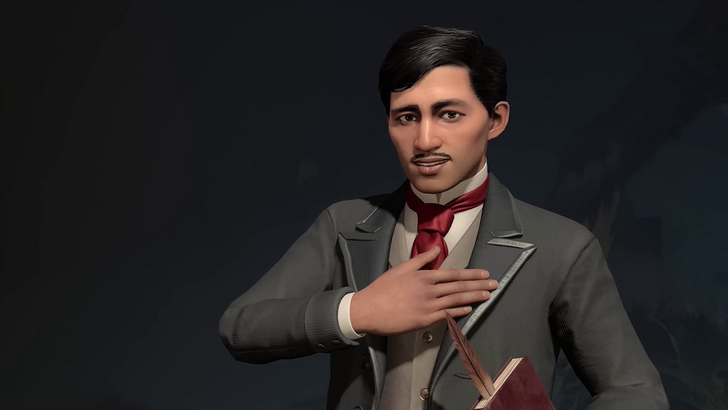
Other unexpected additions include Niccolò Machiavelli and José Rizal of the Philippines, showcasing a broader interpretation of leadership. Over nearly 30 years, Civilization has evolved from focusing on major powers to a rich tapestry of influential figures from all walks of life. The definition of leadership has broadened, yet its significance remains unwavering.
← Return to Sid Meier's Civilization VII main article
Sid Meier's Civilization VII Similar Games









![Taffy Tales [v1.07.3a]](https://imgs.xfsxw.com/uploads/32/1719554710667e529623764.jpg)










